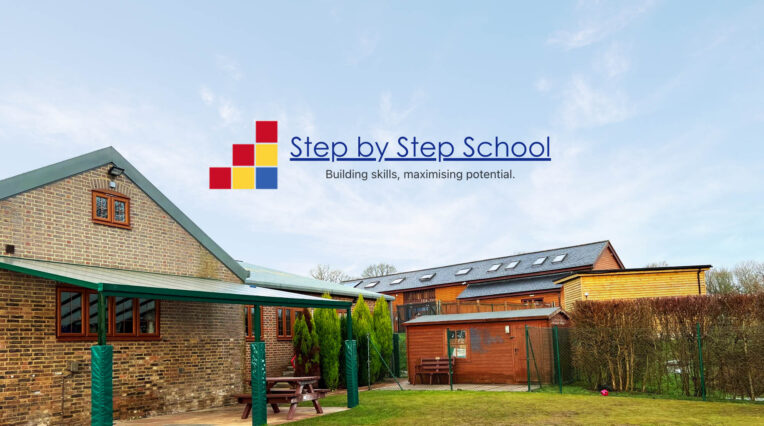Creative Marketing | 22/03/2019
Part two: The power of storytelling – how to tell stories in your organic social media

Welcome to the second part of our storytelling trilogy. In this series, we’ve already looked into why it’s so important to tell stories in part one. Next, we’re looking at how these stories translate into your organic social strategy.
Organic social media activity refers to posts that are not paid to be promoted. Instead, potential customers encounter this content organically, whether that’s through an organic search result on Google, a share from a friend or while browsing a social media platform.
These individuals aren’t necessarily looking to make a purchase right at that moment, but that doesn’t mean a good story couldn’t catch their attention and start them on that journey. This is when it’s critical to get your storytelling right, after all, you’re likely looking at a matter of seconds before a potential customer has moved on or switched off.
Getting started
Before you start crafting your stories, take a moment to answer these two key questions:
- What type of audience do you want to target?
- How do you want that audience to perceive your business?
These answers will help you to set the tone and direction of your stories. Now consider your story arc. An individual social post may only have a few seconds to make an impact, but this shouldn’t stop you from laying out the narrative elements your audience will expect once you’ve hooked their attention.
These elements are the same as those employed in good fiction, or timeless Ancient Greek poetry: an unexpected hero or heroine, a challenge that needs to be overcome, a climax and resolution (that last bit being courtesy of your product or service).
When it comes to getting your stories out there, what are the storytelling opportunities social media platforms present?
Photo albums – a picture is worth a thousand words, so why not try 20 or 30? Capture key moments at your next product launch event or team day and tell your story through the best photos taken on the day.
Live videos – while short and snappy one-minute videos work well on Facebook, live videos give you the edge of engaging with your audience in the here and now, lending greater authenticity to your story. They are also ranked more highly in the news feed.
Stories – photos, videos and animations can all be shared via Facebook Stories, with added effects to help make your content even more eye-catching. As Facebook itself says “let your camera do the talking for you”.
Captions – a stunning, high-resolution image makes for a great Instagram post, but you can take it a step further and turn it into a story with creative captions.
Curate – interact with your target audience by turning them into storytellers. Create a branded hashtag, ask them to use it to share their stories, and then re-post the best of the bunch.
Videos – Instagram videos give you a maximum of 60 seconds to tell your story but you’d be surprised how much you can say in that time.
Stories – post a series of short videos without overloading your profile grid or feed using Instagram Stories. They’ll disappear after 24 hours and will appear as a collection in a slideshow format.
Tweetstorm – Titter isn’t just for pithy one-liners anymore. With a tweetstorm you can tell your story in parts. Just add a number at the start to help readers follow it through.
Moment – to stylise your story for even more engagement, Twitter moments fit the bill. This functionality allows you to string together multiple tweets into a slideshow, presented with an eye-catching cover photo.
Hashtags – creating a branded hashtag that goes viral can get your business great exposure but sometimes good storytelling is simply about being a part of the conversation.
There are, of course, many other social media platforms, which you can leverage to tell your story. We’ve just listed a few of our favourites, for a closer look into exactly how you can speak directly to your audience download our recent guide ‘The power of storytelling’ – we’ll give you actionable tips and advice for getting your stories heard.





